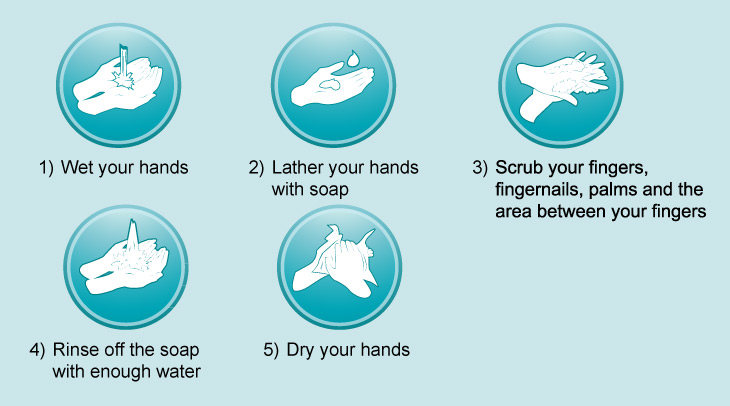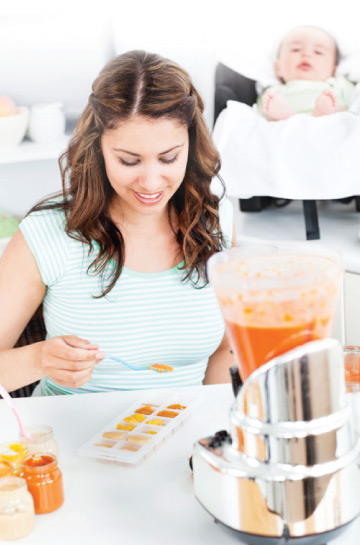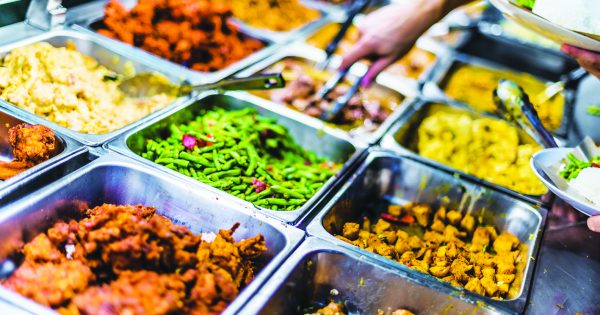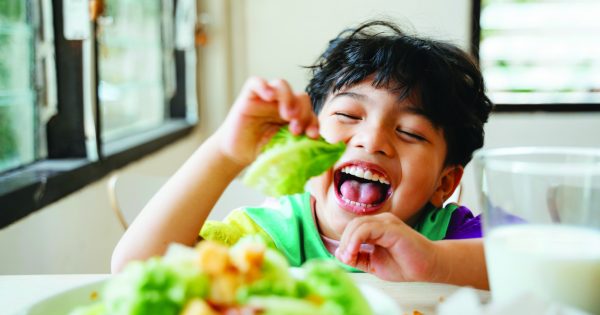Complementary feeding can be an exciting time during parenthood, but it is also a period that can cause your little one stomach discomfort, diarrhoea, or other potentially deadly infections such as Escherichia coli. This usually happens if complementary foods have been contaminated, which can occur if you do not observe good preparation and storage practices to minimise contamination risks.
Did you know?
Avoid storing your child’s food in a large container in the refrigerator/freezer. Doing so means that you will need to thaw or reheat the entire container, which greatly increases the risk of the food going bad. After all, bacteria multiply rapidly in our weather, and refrigerating or freezing foods only slows the process down.
How you can maintain food safety
A) Prevent contamination of complementary foods
This minimises the risk of diarrhoeal disease. While it is generally best to prepare and serve each individual complementary meal, most parents nowadays do not have the luxury to do this. You may prepare larger quantities of complementary food to be served as and when your little one needs it, but in order to prevent any possible contamination, there are two important items to focus on, namely:
1) Safe preparation methods – maintain hygienic preparation habits by observing the following:
- Do not mix raw foods with cooked foods.
- Do not use utensils that were used to prepare raw foods with cooked foods until they have been properly washed.
- Use fresh ingredients where possible, but always check to ensure that they are not spoilt
- For canned or any other type of pre-packaged foods, always check the date of expiry to ensure that you do not buy and/or use them after this date as the food may be spoilt.
- Thaw frozen foods (raw or cooked) correctly – never leave it at room temperature as this will increase the possibility for bacteria to multiply. Use all the food that has been thawed. Re-freezing it will only increase the possibility of contamination. There are essentially three safe methods when thawing frozen foods:
- leave the frozen food in the refrigerator
- soak the frozen food in cold tap water
- use the ‘defrost’ setting on a microwave (roughly 50% power).
2) Safe storage practices – here are some good habits you should follow:
- Always serve the food as soon as it has been prepared. If any food has been left out at room temperature for more than two hours, do not feed it to your child as it may be contaminated.
- Always use small, clean containers to keep extra portions. This way, you can easily retrieve his next meal/portion without having to thaw/reheat extra food.
- Portions that will be used within a week may be refrigerated, or it can be frozen to keep for a month. Label each container with the date that it was refrigerated or frozen so that you can easily keep track.
B) Keep your kitchen clean
Prepare food in a clean area, using clean utensils (e.g. cups, bowls, plates, spoons, chopping board, etc.) that have been properly washed with soap and water.
C) Always use boiled water when preparing the food
Using water straight from the tap is risky (especially if you do not boil it first or are not using it to cook) as it may be contaminated.
D) Discard leftover foods
If your little one cannot finish his portion, do not keep it for his next meal as it may spoil by then.
E) Feed appropriate complementary foods
Never feed him any foods that are hard, small and round. Other types of foods that you should avoid feeding him are those that are smooth and sticky. Any of these foods can cause aspiration or choking to occur. Some examples are candies or sweets, chewing gum, popcorn, marshmallows, any kind of nuts, seeds, fish with bones, and any type of snacks that are on toothpicks or skewers. Don’t forget, small fruits like grapes, seeds, and nuts. Never leave your toddler unattended during meal times. This way, you will be able to always keep an eye on him.
How you can maintain good hygiene
a) Clean your refrigerator regularly – ensure that it is clean and that there are no spoilt or rotten foods inside.
b) Wash your hands with soap and water – always make it a habit to wash your hands before preparing your child’s food/drink and before you start cooking. Equally important is the habit of washing hands after using the toilet, changing his diapers, or cleaning his bottom.
This can be done in five easy steps:

An educational collaboration with Nutrition Society of Malaysia.






Comments